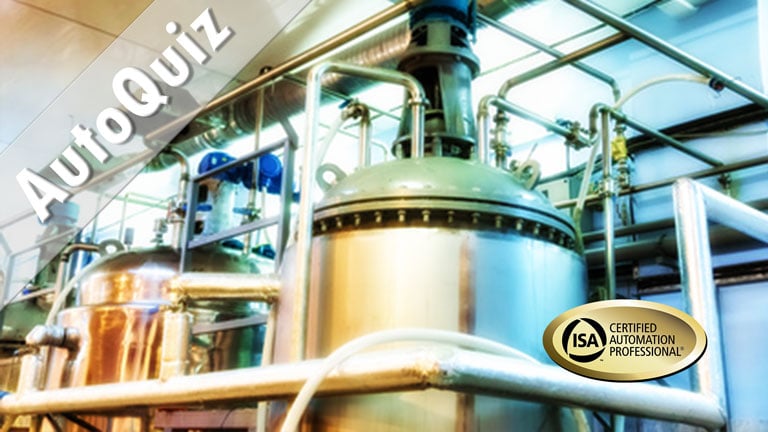AutoQuiz is edited by Joel Don, ISA's social media community manager.
Today's automation industry quiz question comes from the ISA Certified Automation Professional certification program. ISA CAP certification provides a non-biased, third-party, objective assessment and confirmation of an automation professional's skills. The CAP exam is focused on direction, definition, design, development/application, deployment, documentation, and support of systems, software, and equipment used in control systems, manufacturing information systems, systems integration, and operational consulting. Click this link for information about the CAP program. The following question comes from the CAP study guide, Performance Domain V, Deployment.

If an exothermic reactor can runaway in manual, then the temperature controller should be tuned with a(n):
a) open loop short cut method
b) closed loop
c) lambda tuning method
d) reaction curve method
e) none of the above
The controller must stay in automatic to prevent a runaway reaction. Closed-loop methods keep the controller in automatic. Normally, we maximize the gain to the point where either the error is small enough or the process starts to show a slight oscillation. It does not imply the ultimate oscillation method. The controller is in manual for open loop, lambda tuning, and reaction curve methods.
The best answer is B, closed loop.
Reference: Greg McMillan, Good Tuning: A Pocket Guide.




